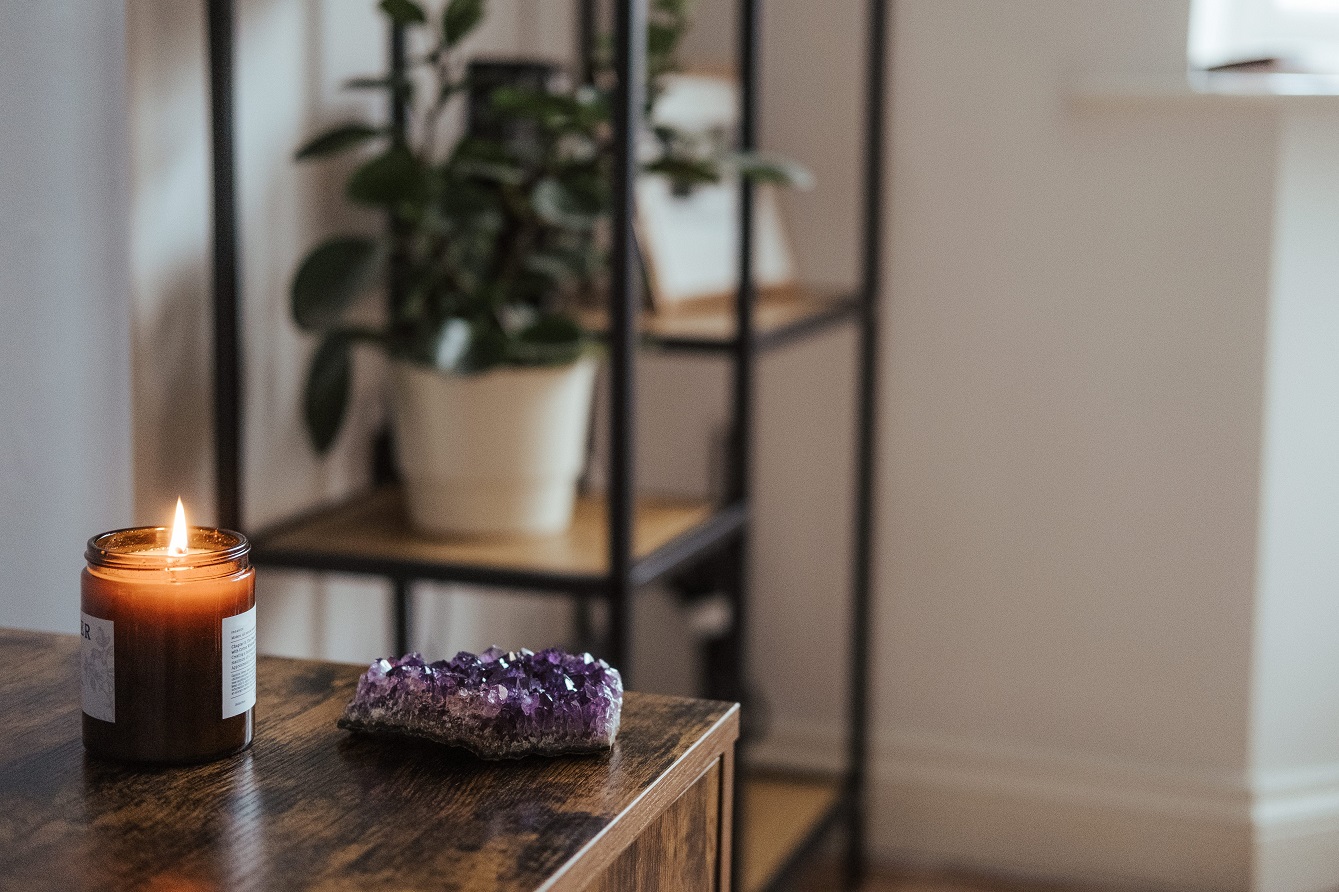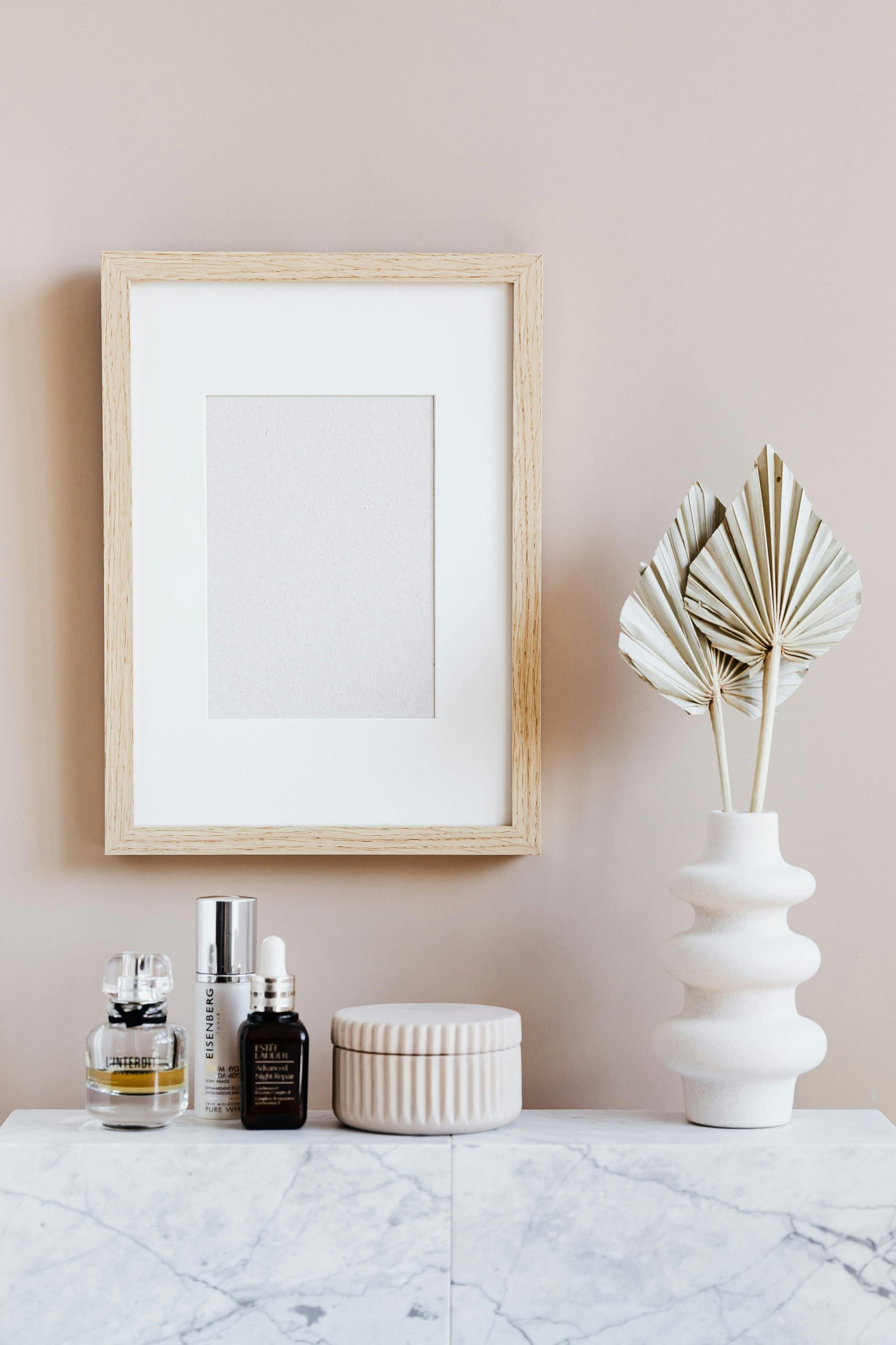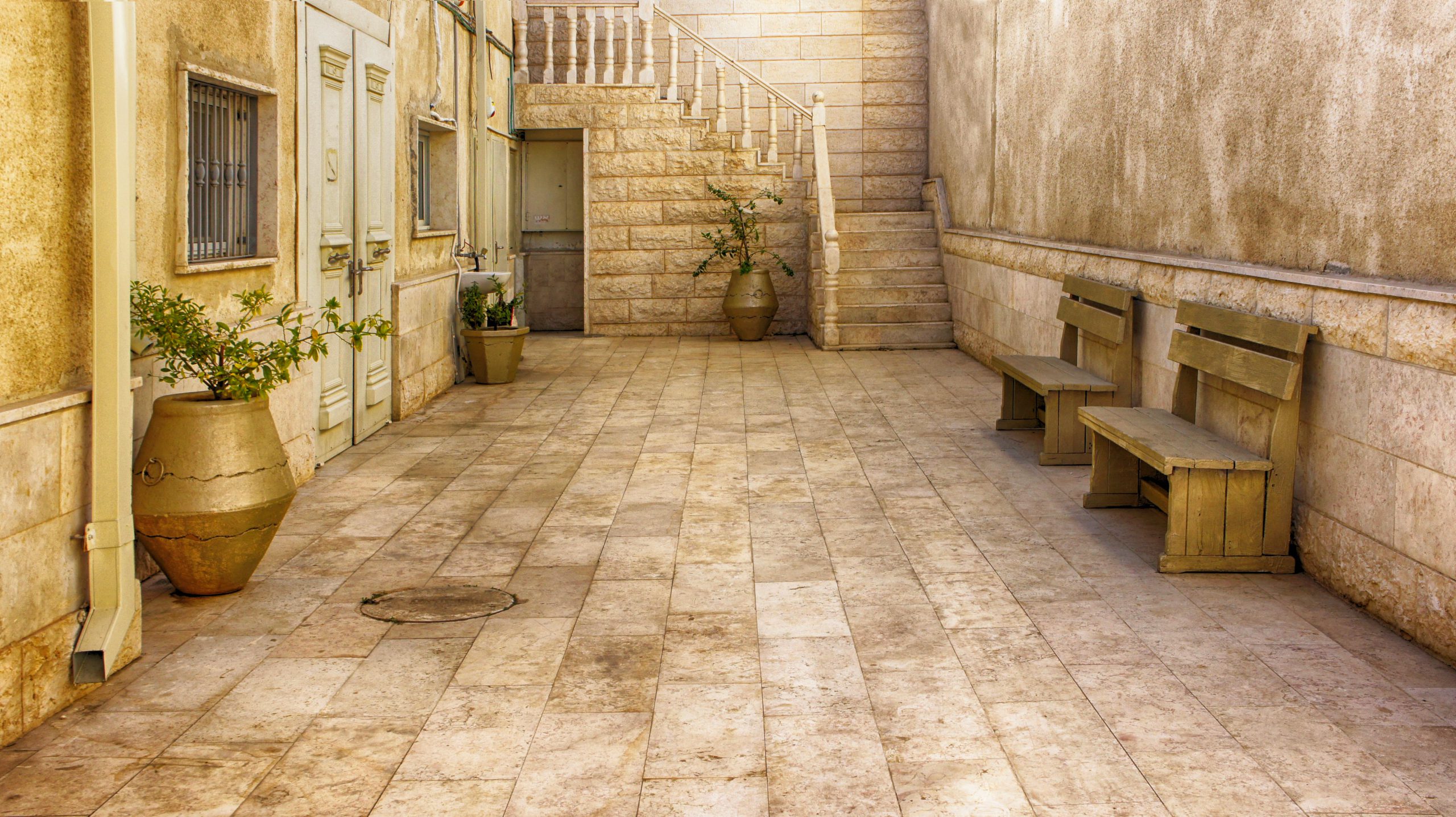Using Natural Stone in Biophilic Design is a trend seeking to blur the lines between the built environment and the natural world. Biophilic design, as it’s termed, is a philosophy that embraces the innate human desire to connect with nature within our living and working spaces. At the heart of this design ethos lies the integration of natural elements, and one such element that stands out for its versatility and timeless appeal is natural stone.
Understanding Biophilic Design:
Biophilic design transcends mere aesthetics; it’s a holistic approach that seeks to emulate nature’s patterns, textures, and sensations. By integrating natural elements into our environments, we can cultivate spaces that enhance well-being, alleviate stress, and boost productivity. Natural stone, renowned for its organic textures and earthy hues, is instrumental in realizing these objectives.

Everything you need to know about types of cream marble!
Exploring the Diversity of Natural Stone:
The world of natural stone is vast and diverse, offering a rich tapestry of options, each with distinct characteristics and visual allure. Whether it’s the graceful veining of marble or the rugged allure of slate, natural stone presents an extensive array of choices to cater to various design preferences and spatial requirements. Delving into the properties and attributes of different natural stone varieties is paramount in making informed decisions for your biophilic design endeavors. By understanding the unique qualities of each stone type, you can effectively select the ideal material that aligns with the vision and objectives of your project, ensuring a harmonious integration of nature into your design space.
Harmonizing with Nature: Exploring the Versatility of Natural Stone in Biophilic Design
When integrating natural elements into biophilic design, few materials offer the same level of versatility and inherent benefits as natural stone. Beyond its undeniable aesthetic appeal, natural stone brings many advantages that contribute to creating harmonious and sustainable living spaces. With its timeless quality, natural stone instills a sense of permanence and solidity, elevating the overall ambiance of any environment. Additionally, the thermal properties of natural stone play a vital role in regulating indoor temperatures, fostering a comfortable and energy-efficient atmosphere. Moreover, opting for natural stone aligns with sustainability principles, as it is sourced directly from the earth and requires minimal processing, making it an environmentally responsible choice for conscientious designers and homeowners alike.

The difference between marble and travertine
In the intricate realm of biophilic design, incorporating natural stone necessitates a thoughtful approach grounded in practical considerations. When integrating this timeless material into design projects, several factors must be meticulously addressed to achieve a seamless blend of aesthetics and functionality. Paramount among these considerations is the strategic selection of the stone’s location within the space, taking into account factors such as lighting conditions, spatial dynamics, and visual impact. Furthermore, the intended use of the stone plays a pivotal role in determining its placement and application, whether for flooring, wall cladding, or architectural accents. Additionally, designers must carefully assess the desired aesthetic impact of the natural stone, considering its texture, color palette, and overall visual harmony with the surrounding environment. By meticulously navigating these practical aspects, designers can harness the innate beauty of natural stone to enrich the biophilic experience and create spaces that resonate with tranquility and vitality.
Elevating Spaces: Harnessing the Versatility of Natural Stone in Biophilic Design
Natural stone emerges as a transformative element that transcends traditional boundaries, bridging the gap between indoor and outdoor realms within biophilic design. Its unparalleled versatility allows for myriad applications, from interior flooring and wall cladding to outdoor patios and garden pathways, each serving as a canvas for nature’s timeless allure. By integrating natural stone into interior and exterior spaces, designers embark on a journey of holistic transformation, blurring the lines between the constructed environment and the natural world. This harmonious fusion enhances visual aesthetics and fosters a profound connection with nature, inspiring and rejuvenating occupants navigating these immersive biophilic environments.

In summation, the profound impact of natural stone on biophilic design cannot be overstated. With its innate versatility and sustainable attributes, natural stone emerges as a cornerstone material that strengthens our bond with the natural world. By delving into the distinctive qualities of natural stone and integrating it purposefully into our design endeavors, we unlock the potential to craft spaces that transcend mere aesthetics. These spaces become sanctuaries that captivate the eye and nourish the soul, fostering a deeper connection with our environment. As we continue to explore and harness the myriad possibilities of natural stone in biophilic design, we embark on a journey of transformation, where every space becomes a testament to the enduring beauty of nature.

 Marble
Marble